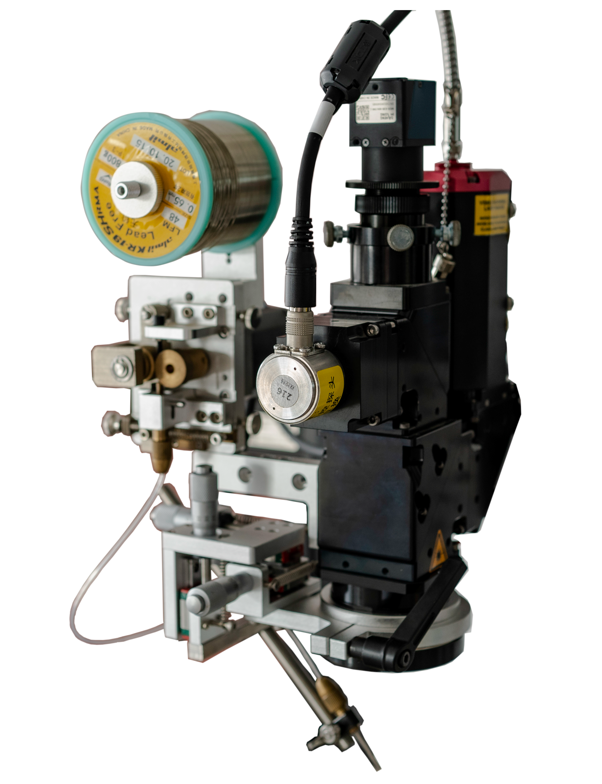Why Do Major Manufacturers Use Laser Soldering Machines?
For precision electronic circuit boards and multi-layered electronic components, “traditional soldering techniques” can no longer meet the requirements. To address industry demands, many manufacturers are being driven to reform and innovate their conventional soldering processes. This has accelerated the advancement of laser soldering technology. The processing of precision components that are unsuitable for traditional soldering methods is ultimately being accomplished through laser soldering. Compared to traditional techniques, the advantages of laser soldering machines include:
I. Advantages Over Manual Labor
1、Major manufacturers adopt laser soldering machines primarily due to their significant advantages over manual labor in terms of efficiency, quality control, and operational flexibility. Unlike traditional soldering, which faces challenges like high labor turnover and associated training costs, laser soldering requires minimal human intervention—workers only need to handle loading and unloading, eliminating the need for extensive training. Additionally, a single operator overseeing a laser soldering machine can achieve productivity comparable to multiple manual workers, substantially boosting efficiency.
2、Manual soldering often results in inconsistent product quality due to human factors such as fatigue, skill disparities, and emotional fluctuations, leading to defects like weak or incomplete joints. In contrast, laser soldering ensures stable, high-quality output with no performance variability, as the process is fully automated and precisely controlled.
3、Furthermore, production demand often fluctuates between peak and off-peak seasons, making manual labor management challenging—overworked staff during busy periods risk quality issues, while idle workers in slow seasons incur unnecessary costs. Laser soldering machines, however, can operate continuously without fatigue, maintaining consistent output regardless of demand fluctuations and optimizing workforce utilization.
II. Advantages of Laser Soldering
Capable of soldering heat-sensitive or crack-prone components that are difficult for other methods, with non-contact operation eliminating mechanical stress on workpieces;
Enables precision soldering in ultra-compact spaces on densely populated PCBs where soldering iron tips cannot reach, achieving angled irradiation even with zero component spacing, without requiring whole-board heating;
Localized heating strictly confines thermal effects to solder joints, leaving surrounding areas unaffected;
Delivers rapid soldering with high efficiency while preventing excessive intermetallic compound formation at joints, ensuring reliable quality;
Requires minimal maintenance compared to traditional soldering irons needing frequent tip replacement, significantly reducing upkeep costs due to fewer replaceable parts.
III. Material Cost Control
With raw material prices rising, product prices being squeezed, profit margins shrinking, and intensifying homogeneous competition, manual soldering processes face significant material waste with uncontrolled consumable usage. In contrast, laser robotic soldering can reduce material consumption by 15%-30% compared to manual soldering. Songsheng Optoelectronics' systems can utilize automatic solder wire feeding with diameters as small as 0.3mm.

Multi-axis Digital Wire Feeding and Guiding Mechanism for Laser Welding
The Songsheng Optoelectronics multi-axis digital wire feeding and guiding mechanism (which may include a solder wire breaking and feeding device) automatically feeds solder wire to the laser focal point according to program requirements during laser welding, completing the fusion welding process during laser processing. Its features include optional solder wire diameters of 0.3-1.0mm, full digital control, five-dimensional adjustment, and adjustable wire feeding force.
Contact: Mr.Xiao
Phone: +86-13385280662
E-mail: market001@whlaser.cn
Add: Room 02, Floor 5, Building 9, Gezhouba Sun City, No. 40, Gaoxin 4th Road, Donghu New Technology Development Zone, Wuhan